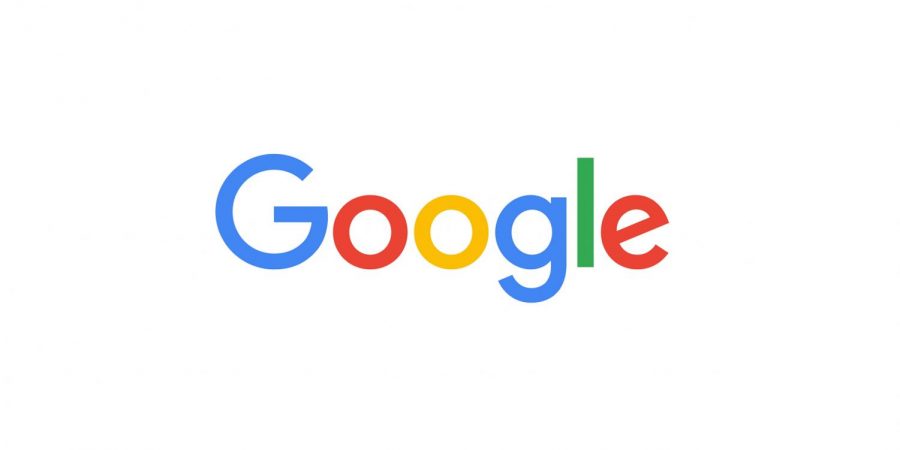New advances in Artificial Intelligence – Google I/O 2021
Armed with the fact that Technology is helping improve people’s lives, Google helps schools to keep education alive, small businesses to grow, and help relieve the dreaded Covid-19 pandemic. It is providing high-quality and accurate information for Covid cases and locations for vaccinations. To combat global warming, Google added 150K bike lanes that accumulate eco-friendly routes. It also uses “Safer Routing”, where Artificial Intelligence predicts paths according to traffic conditions to avoid paths where vehicles broke down; Google is aimed to reduce up to 100 million accidents every year.
A big step-up for Google is LaMDA (Language model for dialogue application). LaMDA utilizes advances in AI to make communication more human-like, by synthesizing concepts from training data. LaMDA produces sensible responses, keeps dialogues open-ended, and carries a conversation no matter what you want to talk about. The training data is based on who or what you want to converse with. Sundar Pichai, CEO of Google, also asserts that LaMDA can be used as an education and informational tool: “I spent some time with my son conversing with Pluto, and it’s magical. We had a lot of fun learning about space together”.
Another achievement for Google is its advancements in Quantum Computing. Current physical qubits are very fragile, and the information can be destroyed even with cosmic rays hitting them from outer space. Google aims to create error-corrected logical qubits, which consist of 1000 logical qubits, within which consists of many physical qubits. The result will be an error-corrected quantum computer. Sundar claims that these advances will help us understand our natural world better than ever.
When it comes to Google search, Google is implementing MUM (Multitask unified model), a training model which does not consist of just one data type but makes use of multiple data types to train the data. In other words, Google will understand what you type in more explicitly. Using MUM, Google is also able to offer its information through multiple languages; it is now able to give information in 100+ languages. Google has also taken a step further in AR (Augmented Reality). It has expanded its available source of AR from cars and animals to athletes so that you can admire their great accomplishments in Augmented Reality.
Google is also improving Google Photos; it added features that groups photos using machine learning. Google has also added “Cinematic Photos”; given two or more images, It uses machine learning to put in frames in between, which will result in a moving picture. There are also significant AI-driven improvements added to Google maps: live view, virtual street signs, key landmarks pointers, and indoor navigation for clustered places like airports and transits.
After all such improvements, Google strives to think further into the world; Google has become the first major company to become carbon neutral by using 100% renewable energy. In 2030, they aim to operate 24/7 on carbon-free energy. Even today, 5 new solar farms are built in Denmark to support the goal of going carbon-free. Google is also turning its heads to the Geothermal power project in their


